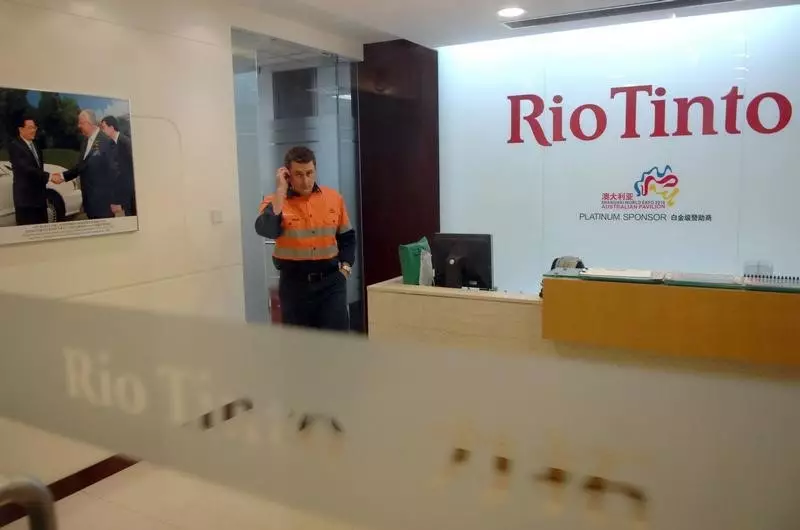In the dynamic world of mining, companies are increasingly seeking mergers and acquisitions to enhance their market positions, particularly in critical sectors like copper. Recently, reports emerged indicating that Glencore and Rio Tinto, two Giants in the mining industry, engaged in discussions concerning a potential merger aimed at uniting their respective copper operations. Such a deal could notably reshape the landscape of the mining sector, creating a powerhouse valued at over $158 billion—a sum that would surpass current industry leader BHP’s valuation.
Despite the promising implications of a merger, it appears conversations between Glencore and Rio Tinto have reached an impasse, with sources citing a lack of advancement in discussions. Interestingly, this isn’t the first time these companies have contemplated a merger. In 2014, a previous proposal from Glencore was rejected by Rio Tinto, emphasizing their prioritization of shareholder interests at that time. This historical context provides insight into the cautious nature of ongoing discussions; both companies are aware of the complexities and potential pitfalls that such a significant merger could entail.
The backdrop for these merger talks is underpinned by the mining sector’s growing focus on transitioning towards cleaner, renewable energy sources. The demand for copper—an essential component in many energy-efficient technologies—places it at the forefront of mining companies’ strategic interests. As industries pivot to embrace sustainability, mergers and acquisitions in this space are seen as critical steps to recalibrate portfolios and ensure they are equipped to meet the demands of a changing energy landscape.
BHP’s recent failure in acquiring Anglo American for $49 billion is indicative of the broader challenges and structural complexities associated with mergers in this sector. Nonetheless, the ongoing trend towards consolidation appears unyielded; Rio Tinto has made headlines with its own recent acquisition of Arcadium valued at $6.7 billion, while Glencore’s purchase of Teck’s steelmaking coal business for $6.9 billion underscores the aggressive strategic maneuvers companies are adopting.
Amid these developments, investor sentiments towards Glencore, trading around £3.50 per share, remain promising. Following their noteworthy $34 billion merger with Viterra-Bunge, analysts indicate that Glencore is on track to offer substantial capital returns, reflecting a healthy appetite for restructuring amid shifting market dynamics. In this evolving scenario, the potential Glencore-Rio Tinto merger would not only signify a noteworthy consolidation within the mining sector but could also serve as a litmus test for future collaborations aimed at navigating the complexities of renewable energy demands.
While the discussions between Glencore and Rio Tinto may currently be stalled, the implications of their talks extend beyond mere corporate interests. They represent a significant trend towards consolidation in an industry striving to respond to the pressing demands of sustainability and energy transition. As such, stakeholders should remain vigilant to future developments that may reshape the mining sector landscape.

